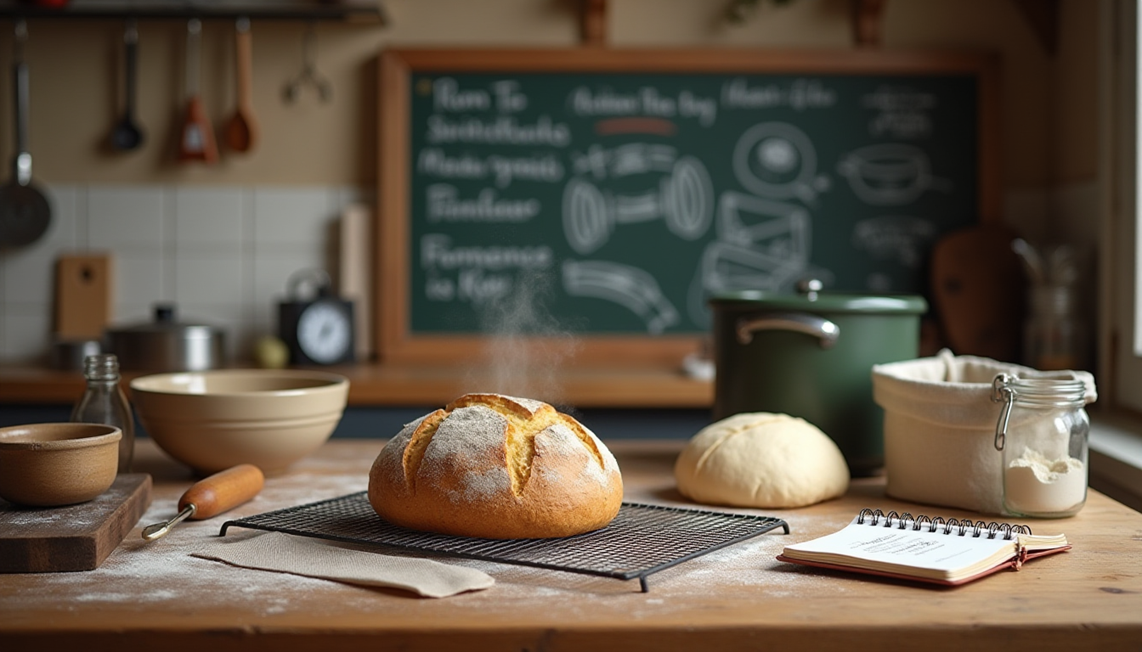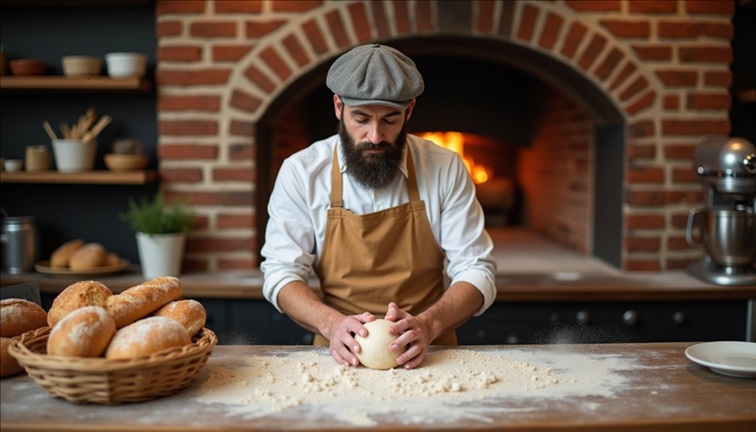
The Ultimate Guide to Baking Tips and Techniques
1. Introduction: The Magic of Baking
Baking is both an art and a science. It’s a process that transforms simple ingredients—flour, water, sugar, and fat—into delicious, comforting treats. Whether you’re a novice or an experienced baker, mastering fundamental techniques can elevate your creations from good to extraordinary. This guide will walk you through essential tips, tools, and methods to help you bake with confidence and creativity.
2. Essential Baking Tools
Every baker needs the right tools. Here’s what you should have in your kitchen:
- Mixing Bowls: Stainless steel or glass bowls in various sizes.
- Measuring Cups and Spoons: Accuracy is key in baking.
- Digital Scale: For precise ingredient measurements.
- Rolling Pin: Essential for pies, cookies, and pastries.
- Whisk and Spatula: For mixing and folding batters.
- Baking Sheets and Pans: Non-stick or lined with parchment paper.
- Oven Thermometer: Ensures your oven is at the correct temperature.
- Cooling Rack: Prevents soggy bottoms on cakes and cookies.
Investing in quality tools will make your baking experience smoother and more enjoyable.
3. Understanding Ingredients
Each ingredient plays a crucial role in baking:
- Flour: Provides structure. All-purpose flour is versatile, but bread flour is ideal for chewy loaves, and cake flour for tender cakes.
- Sugar: Sweetens and adds moisture. Brown sugar adds a caramel flavor, while granulated sugar is best for cookies.
- Fat: Butter, oil, or shortening add tenderness and flavor. Cold butter creates flaky pastries, while melted butter yields denser textures.
- Leavening Agents: Baking powder, baking soda, and yeast help baked goods rise. Use them correctly to avoid flat or bitter results.
Tip: Always use fresh ingredients, especially baking powder and yeast, for the best results.
4. Mastering Mixing Methods
Different recipes require different mixing techniques:
- Creaming: Beat butter and sugar together until light and fluffy. This method is common in cakes and cookies.
- Folding: Gently combine ingredients to keep air in the batter, crucial for soufflés and meringues.
- Kneading: Develops gluten in bread dough, creating a chewy texture.
- Whisking: Incorporates air into eggs or cream for a light, airy result.
Use the right technique for the recipe to achieve the perfect texture.
5. The Art of Dough Handling
Kneading dough is a fundamental skill:
- By Hand: Gives you control over gluten development. Push, fold, and turn the dough until it’s smooth and elastic.
- With a Mixer: Use a dough hook attachment for convenience, but avoid overmixing.
Windowpane Test: Stretch a small piece of dough—if it’s thin enough to see light through without tearing, the gluten is well-developed.
6. Perfecting Proofing and Fermentation
Proofing allows dough to rise and develop flavor:
- Ideal Temperature: 75–80°F (24–27°C) is perfect for yeast activity.
- Time: Follow recipe guidelines, but watch for visual cues—dough should double in size.
- Troubleshooting: Over-proofed dough collapses; under-proofed dough is dense. Adjust time and temperature accordingly.
7. Baking: Temperature and Timing
- Preheat Your Oven: Always preheat for at least 20 minutes to ensure even baking.
- Oven Calibration: Use an oven thermometer to check accuracy.
- Testing Doneness: Use a toothpick for cakes (it should come out clean) or tap bread for a hollow sound.
8. Decorating and Finishing Touches
Presentation matters! Try these techniques:
- Icing and Glazing: Use powdered sugar glaze for cookies or cream cheese frosting for cakes.
- Garnishing: Add fresh fruit, nuts, or edible flowers for a professional look.
9. Common Baking Mistakes (and How to Avoid Them)
- Dense Cakes: Overmixing or using too much flour. Measure accurately and mix just until combined.
- Flat Cookies: Butter too soft or not enough flour. Chill dough before baking.
- Tough Bread: Over-kneading or not enough proofing time. Follow recipe instructions carefully.
10. Advanced Techniques
- Laminating Dough: Create flaky layers for croissants and puff pastry by folding butter into dough.
- Sourdough Starters: Cultivate wild yeast for artisanal bread with complex flavors.
11. Baking for Dietary Restrictions
- Gluten-Free: Use almond flour, coconut flour, or gluten-free blends.
- Vegan: Substitute eggs with flaxseed or applesauce, and butter with coconut oil.
12. Storing and Preserving Baked Goods
- Room Temperature: Store cookies and bread in airtight containers.
- Refrigerate: Keep cakes with perishable fillings fresh.
- Freeze: Wrap baked goods tightly in plastic wrap and foil for long-term storage.
13. Conclusion: Bake with Joy
Baking is a rewarding journey of creativity and precision. Don’t be afraid to experiment and make mistakes—every loaf, cake, or cookie is a step toward mastery. Enjoy the process, and share your delicious creations with loved ones!
Happy baking! 🍞✨
